The Classic T system is an ASTM E72 tested (structural) US Patent #9151048 Prefabricated Floor System engineered to excel at the factors that judge the success of a floor system.

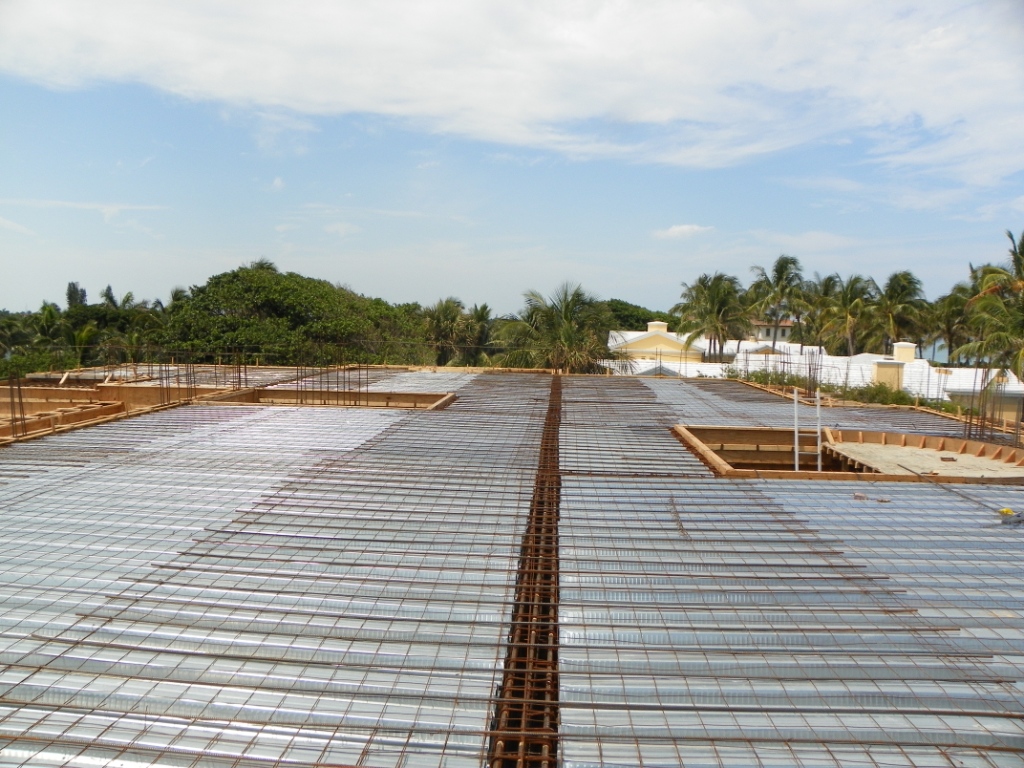
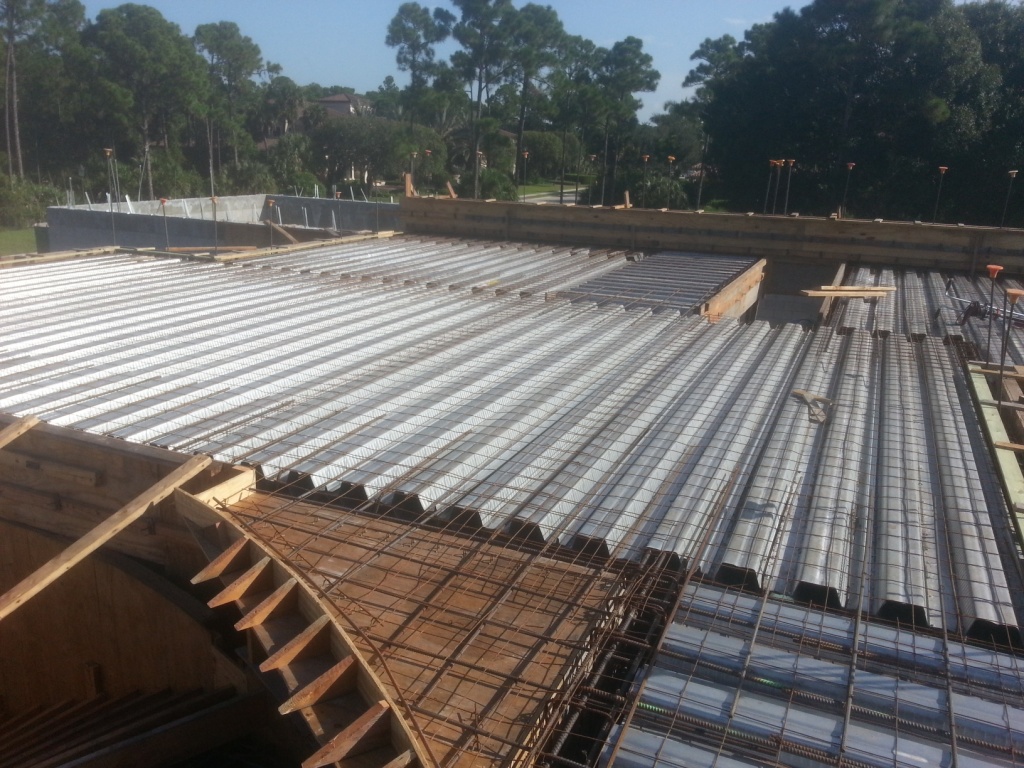
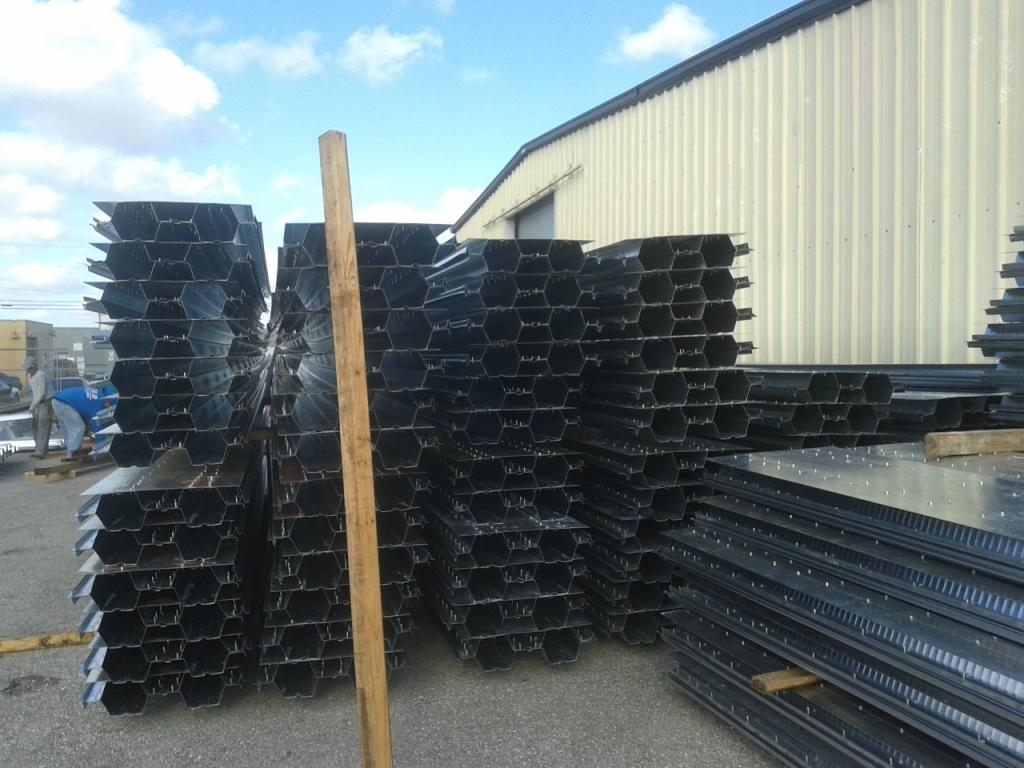
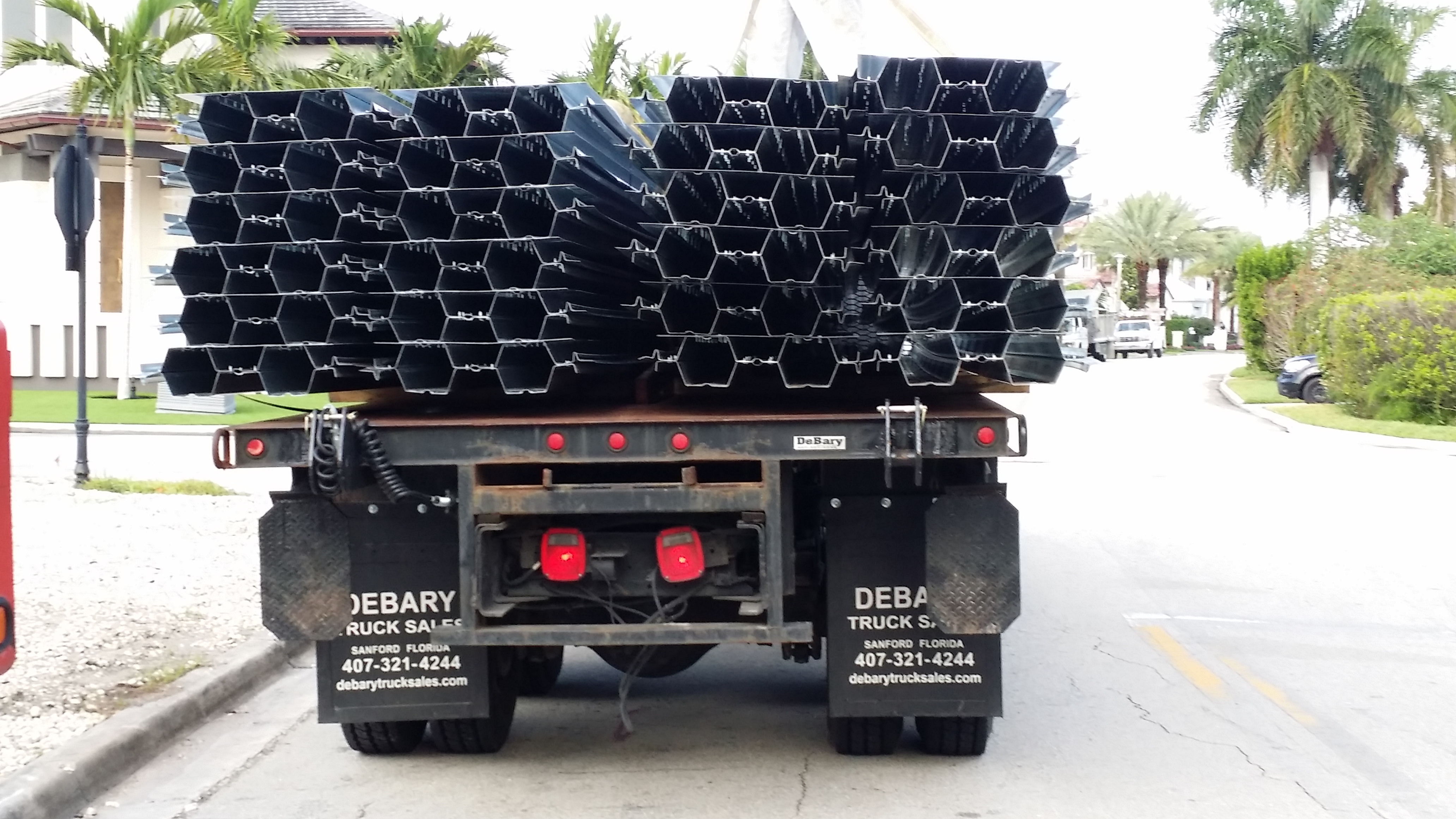
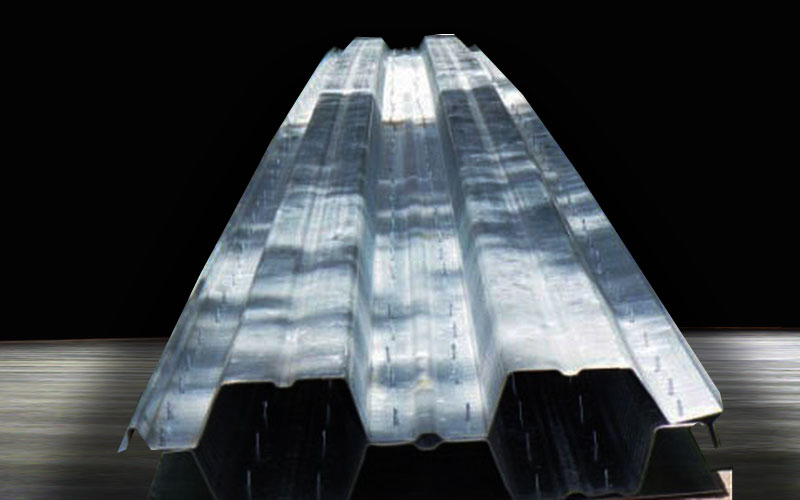


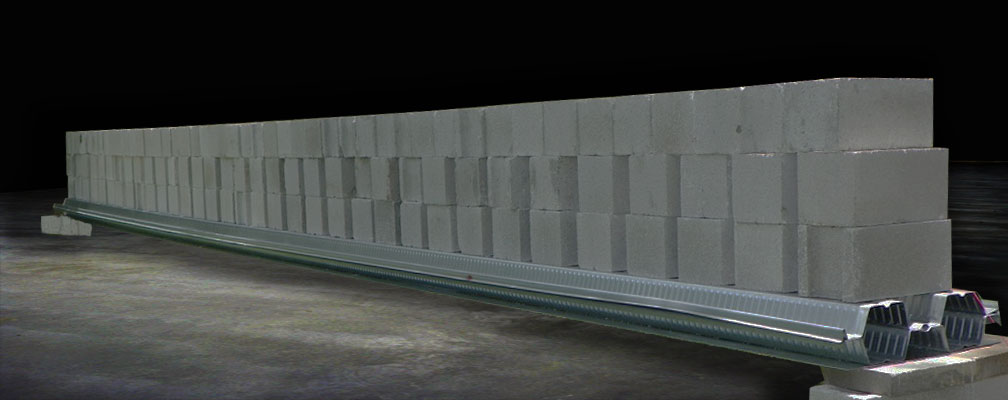
How is the ceiling attached to the Classic T?
1 - When attaching to the void light gauge hexagons, usually #10 tek screws fasten 20 gauge C-channels
2 - When attaching to the single steel decking that is in contact with concrete, use 1/4" tapcons, there is no risk in drilling for tapcons to the underside of the module since the floor does not have any type of prestressing steel.
Can the Classic T be core drilled for plumbing and Air Conditioning ducts?
1 - Up to 4" cores for plumbing are usual and acceptable, we include a typical detail showing the acceptable hole diameters, arrangements and required clear spacing between them. The floor has been specifically tested for shear resistance under this scenario.
2 - A/C openings usually exceed the capability of the module and must be identified ahead of time in order to prepare the edges of the system for the opening. Some exception cases such as when the opening is directly adjacent to a supporting wall or beam may not require special treatment.
Will the core-drilling cooling water accumulate inside the hexagons?
Each hexagon is pre-drilled during fabrication with 3 drainage holes with the sole purpose of fully evacuating all rain and core drilling water.
How can I be certain that the 16" length at the ends of the modules will be filled with concrcete as the details show?
We have observed how different slumps of pea-rock concrete shape and fill the end portions of the hexagon and we have concluded that a 7" slump pea-rock (3/8" max aggregate size) will nicely flow into the hexagon and readily taper down in the required shape. This way there is no need for the worker finishing the concrete to be aware of the need to fill the end of the hexagon, it happens automatically.
From the day I place the order for the material, how long will it take until the material is on site?
1 - If we are shipping only the steel decks for site fabrication, usually no more than 2.5 weeks.
2 - If we are shipping the assembled modules, it is usually no more than 4 weeks.
In a two story structure, where the CT is the second floor, when can I remove the post shores?
We suggest to leave the shoring until all CMU blocks have been used on the 2nd floor walls and they are no longer weighing on the CT floor. At that point, as long as the concrete is a minimum of 7 days old and has reached a concrete strength of 3000 psi.
How do I shore the modules before the pour and how do I shore in the middle of the span where the module is cambered?
We show the shoring in the shop drawings. This usually consists on 3 lines of shoring running perpendicular to each span. The lines closest to the ends are in direct contact with the underside of the steel decking. The mid span shoring line is not in contact with the underside of the module before the pour, but will be as the fresh concrete topping weight flattens the camber.
So initially all tops of shoring beams must be at the same level and it equals the top of the waler member near the tie beams. For example, if the floor consists of a 2" topping and a 6" deep hexagon, the top of the waler and shoring beams will be 8" below finished slab elevation.
Look out for changes in the layout that require a different waler elevation, such as when we have short spans and use a composite steel deck by itself
Do I pour the topping after or together with the walls, columns and tie beams?
The walls and columns are optionally poured first, up to "beam bearing height". Shell contractors elect this when they need to strengthen high walls or when they think the slab finishers will be non productive while waiting for the walls to be poured. We always prefer the topping be poured together with the tie beams and slabs in order to have a "single mat of concrete" with "no construction joints" that are exposed to the exterior and could become a passage for the rain water to get inside the house.
The steel decking doesn't perfectly fit around the returs and jogs of my tie beam
The Classic T is made of light gauge steel and can be easily field trimmed back and around the supports to fit.
Can the Classic T be used exposed to the weather?
Not When within the reach of the ocean breeze. The modules are made of steel, and although they are galvanized, the steel will corrode under the salt spray of the ocean breeze. For projects near the ocean, the Classic T is only specified to be within enclosed spaces. The top surface can be exposed to the weather since it has a minimum of 2" concrete coverage, but the bottom surface of the floor cannot.
Can I incorporate recesses into the Classic T, if so how deep can they be?
Yes, and up to 4". We smoothly "bridge under" the recesses to build up an additional concrete thickness so after recessing, we will have a 2" topping over the module. Please see our details in the shop drawings.